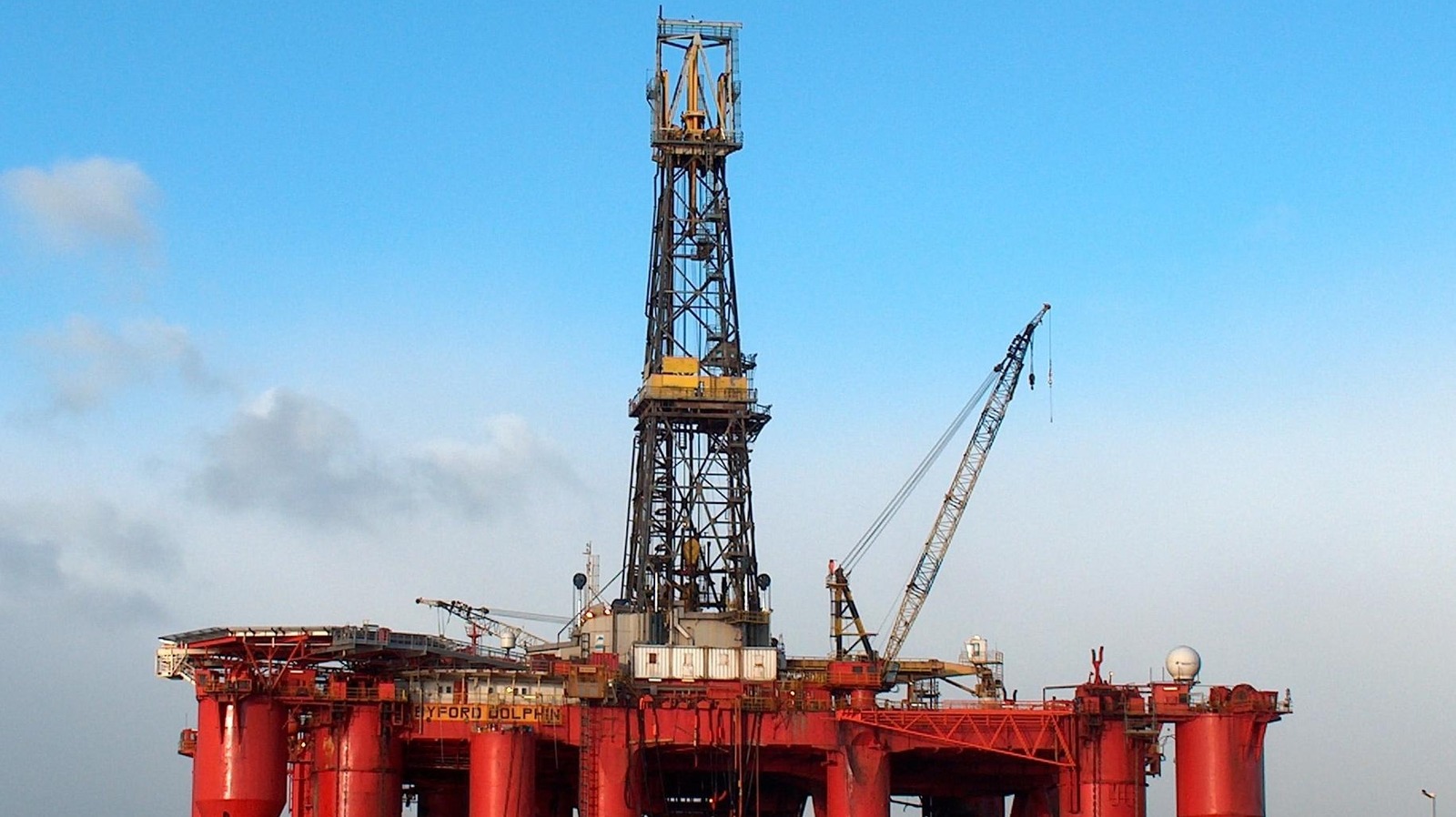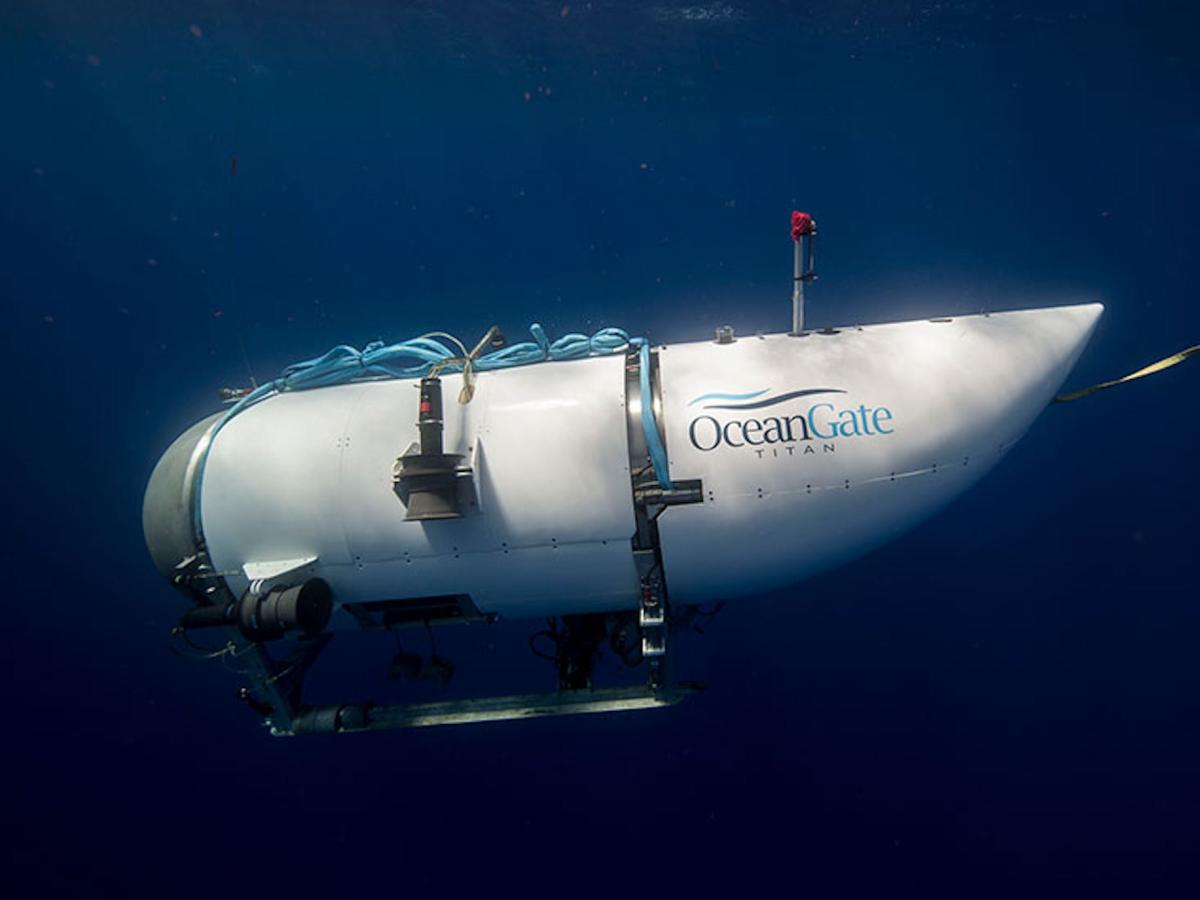Unforeseen Dolphin Accident: Insights And Impacts On Marine Life
Dolphins are often adored for their intelligence, playful nature, and graceful presence in the ocean. However, the occurrence of a "dolphin accident" can reveal a darker side to their interaction with human activities and natural calamities. These incidents not only affect the dolphins but can also have broader implications for marine ecosystems and human understanding of these creatures. This article delves into the complexities surrounding dolphin accidents, exploring their causes, consequences, and the efforts made to prevent them.
In recent years, there has been an increase in the reporting of dolphin accidents, which has sparked concern among marine biologists, conservationists, and the general public. The term "dolphin accident" encompasses a wide range of events, from entanglements in fishing nets to collisions with boats, and even attacks by other marine animals. Understanding these accidents requires an examination of the intertwining factors that contribute to such unfortunate events, highlighting the need for greater awareness and proactive measures to protect these charismatic animals.
The ripple effects of a dolphin accident extend beyond the immediate harm to the animal involved. These incidents can disrupt the social structure of dolphin pods, affect their reproductive success, and even alter the balance of marine ecosystems. As we explore the various facets of dolphin accidents, it is crucial to consider the human role in both the causation and mitigation of these events. By fostering a deeper understanding of the problem, we can work towards more effective solutions that safeguard the future of dolphins and the health of our oceans.
Read also:Mastering The Fundamentals And Applications Of Charles Law
Table of Contents
- What is a Dolphin Accident?
- Causes of Dolphin Accidents
- How Do Dolphin Accidents Affect Marine Ecosystems?
- Common Types of Dolphin Accidents
- Dolphin Interactions with Human Activities
- Case Study: A Dolphin Accident in the Wild
- What Are the Impacts of Dolphin Accidents on Their Population?
- Efforts to Prevent Dolphin Accidents
- Technological Advancements in Dolphin Accident Prevention
- Role of Conservation Organizations
- Public Awareness and Education
- What Legal Measures Protect Dolphins from Accidents?
- How Can Individuals Help Prevent Dolphin Accidents?
- Frequently Asked Questions
- Conclusion
What is a Dolphin Accident?
Dolphin accidents refer to unforeseen events that result in injury, distress, or death of dolphins. These incidents can be natural or human-induced, impacting dolphins' health and survival. Understanding the nature of these accidents is crucial for the development of strategies to mitigate their occurrence and protect these marine mammals.
Causes of Dolphin Accidents
Dolphin accidents arise from a variety of sources, both natural and anthropogenic. Some of the primary causes include:
- Fishing Activities: Dolphins often become entangled in fishing nets, leading to injuries or drowning.
- Boat Collisions: Dolphins are sometimes struck by boats, resulting in serious injuries or death.
- Pollution: Marine pollution can lead to health issues in dolphins, making them more susceptible to accidents.
- Natural Predators: Although rare, attacks by natural predators can also be considered dolphin accidents.
How Do Dolphin Accidents Affect Marine Ecosystems?
The impact of dolphin accidents on marine ecosystems can be significant. Dolphins play a crucial role in maintaining the balance of marine environments by controlling fish populations and contributing to nutrient cycling. When a dolphin accident occurs, it can disrupt these ecological processes, leading to unforeseen consequences.
Common Types of Dolphin Accidents
There are several types of dolphin accidents that are commonly reported, each with distinct characteristics and impacts:
Dolphin Interactions with Human Activities
Human activities are a major contributor to dolphin accidents. These interactions can be both direct, such as fishing and boating, and indirect, like pollution and habitat destruction. Understanding these interactions helps in identifying solutions to mitigate their negative effects on dolphins.
Case Study: A Dolphin Accident in the Wild
Examining specific instances of dolphin accidents can provide valuable insights into their causes and consequences. This section presents a detailed case study of a dolphin accident, highlighting the factors involved and the outcomes for the dolphin and the surrounding environment.
Read also:Joel Sanchez Berlin A Deep Dive Into His Life And Achievements
What Are the Impacts of Dolphin Accidents on Their Population?
Dolphin populations can be severely affected by accidents. Such incidents can lead to decreased reproductive success, social disruption, and even population decline. This section explores the various ways dolphin accidents impact their populations and the broader implications for conservation efforts.
Efforts to Prevent Dolphin Accidents
Preventing dolphin accidents requires concerted efforts from various stakeholders including governments, conservation organizations, and the general public. This section outlines the measures being taken to reduce the frequency and severity of dolphin accidents.
Technological Advancements in Dolphin Accident Prevention
Technology plays a crucial role in preventing dolphin accidents. Innovations such as acoustic deterrents and GPS tracking systems are being employed to minimize human-dolphin conflicts and protect these marine mammals from harm.
Role of Conservation Organizations
Conservation organizations are pivotal in the fight against dolphin accidents. They conduct research, advocate for policy changes, and engage in on-the-ground efforts to protect dolphins and their habitats.
Public Awareness and Education
Raising public awareness about dolphin accidents is essential for garnering support for conservation initiatives. Educational campaigns can inform the public about the threats dolphins face and how individuals can contribute to their protection.
What Legal Measures Protect Dolphins from Accidents?
Legal frameworks are vital in safeguarding dolphins from accidents. This section reviews the international and national laws designed to protect dolphins and their habitats, and how they are being enforced.
How Can Individuals Help Prevent Dolphin Accidents?
Every individual has a role to play in preventing dolphin accidents. Simple actions like reducing plastic use, supporting sustainable seafood choices, and participating in beach clean-ups can make a significant difference in the health and safety of dolphins.
Frequently Asked Questions
- What is a dolphin accident? A dolphin accident is an unforeseen event causing harm to dolphins, resulting from natural or human-induced factors.
- How do human activities contribute to dolphin accidents? Human activities like fishing, boating, and pollution are major contributors to dolphin accidents.
- Are dolphin accidents preventable? Yes, through technological advancements, legal measures, and public awareness, dolphin accidents can be significantly reduced.
- What role do conservation organizations play in preventing dolphin accidents? Conservation organizations conduct research, advocate for policy changes, and engage in efforts to protect dolphins.
- How can individuals help prevent dolphin accidents? Individuals can help by reducing plastic use, supporting sustainable seafood, and participating in conservation efforts.
- What legal measures are in place to protect dolphins? Various international and national laws exist to safeguard dolphins and their habitats from accidents.
Conclusion
Dolphin accidents are a complex issue that requires a multifaceted approach for effective prevention. By understanding the causes, impacts, and solutions to these accidents, we can work towards a future where dolphins are protected and thrive in their natural habitats. Collaboration between governments, conservationists, and the public is essential in ensuring the safety and well-being of these remarkable marine mammals.
Article Recommendations

